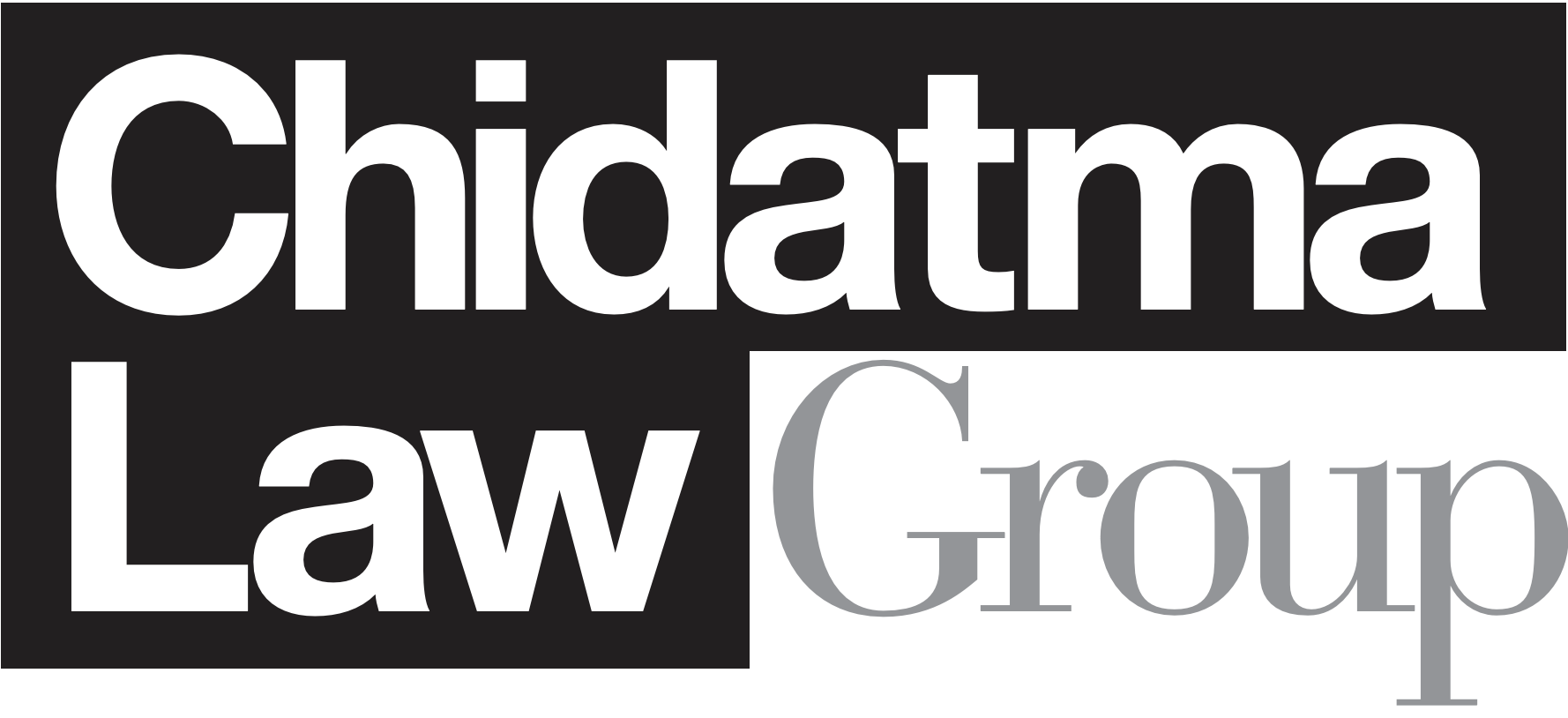
This is a memo I perepared for a client. The names have been changed.
Chidatma Law Group |
To: |
John Appleseed |
From: |
Dwight Yellen |
CC: |
None |
Date: |
September 28, 2018 |
Re: |
FMLA and UREMPLOYER |
You have asked “what the story is” with the FMLA. This results from your sense that UREMPLOYER had reneged on a promise they made you about time off when Milton was born. I am not positive what you believe they told you. I think you said they promised you a finite time of paid paternity leave. If you needed more time off it would be taken against your vacation time off. Write down what your understanding of the offer made to you. You should search your email and see if it is in writing anywhere.
The UREMPLOYER employee manual is fairly routine. Nothing special here. Know that you are an employee-at-will, which means you can be fire for any non-discriminative reason. Also, you can quit without providing the traditional two weeks’ notice. The UREMPLOYER Enterprises Employee Handbook, effective October 2, 2013 provides:
U.S.-based employees may be eligible for family and medical leave under either the federal Family and Medical Leave Act (FMLA) or the New York Family Leave Act (FLA). In the event that FMLA leave rights conflict with FLA leave rights, then the Company will apply the more generous of the laws. Eligible employees may receive up to 12 weeks of unpaid leave for the reasons set out below in accordance with applicable law. The Federal and New York leave generally will run simultaneously. Please note that all periods of time that you are on short-term (temporary) disability due to the birth of your child will not count toward the 12 weeks of unpaid leave permitted in a 24-month period under the FLA. Eligible employees who return to work within the 12-week period are entitled to reinstatement to the same or comparable position consistent with the applicable law. UREMPLOYER will calculate your use of FLA or FMLA leave on a rolling basis. To be eligible for such leave, employees must have (1) completed at least one full year of service with UREMPLOYER, and (ii) worked for UREMPLOYER for at least 1,000 hours the previous twelve months.
Leave may be taken for one of the following reasons:
- Birth of a child;
- Placement of a child with the employee for adoption or foster care;
- To care for a spouse, child (biological, adopted, foster, step or legal ward who is either less than 18 years of age or incapable of self-care because of a physical or mental impairment) or parent (biological, adoptive, in-law, foster, step or legal guardian), with a serious health condition; or
- The employee’s own serious health condition.
Family/medical leave is unpaid leave; however, you must use any accrued, unused paid time off (such as personal, vacation and sick days), except during periods for which you are receiving short-term (temporary) disability or workers’ compensation payments. If you use accrued, unused paid time off or if your leave qualifies as short-term (temporary) disability or workers’ compensation leave, it runs concurrently with your FMLA or FLA leave, and is counted towards the maximum amount of leave. Employees are not permitted to perform work for another person or entity during the period of their paid or unpaid leave.
Thankfully, various laws have developed which give you more rights and remedies.
The Federal Family and Medical Law Act (“FMLA”) is more like a job protector. The FMLA entitles eligible employees of covered employers to take unpaid, job-protected leave for specified family and medical reasons with continuation of group health insurance coverage under the same terms as if the employee had not taken leave. Eligible employees may have 12 workweeks of leave in a 12-month period for the birth of a child and to care for the newborn child within one year of birth. There is no compensatory befit under the FMLA. You can learn more here.
NY’s PFL. But all is not lost. New York State laws provide benefits to you. In a self-congratulatory press release, New York announced the nation’s strongest paid family leave policy. In 2016, Governor Cuomo signed into law the nation’s strongest and most comprehensive Paid Family Leave policy. Working families no longer must choose between caring for their loved ones and risking their economic security. Starting January 1, 2018, New York State’s Paid Family Leave provides New Yorkers with job-protected, paid leave to bond with a new child, care for a loved one with a serious health condition or to help relieve family pressures when someone is called to active military service abroad. During 2018, you can take up to eight weeks of Paid Family Leave and receive 50% of your average weekly wage (AWW), capped at 50% of the New York State Average Weekly Wage (SAWW). Your AWW is the average of your last eight weeks of pay prior to starting Paid Family Leave. The SAWW is updated annually. Computation here.
You pay for these benefits through a small weekly payroll deduction, which is a percentage of your weekly wage up to a cap set annually. The 2018 payroll contribution is 0.126% of your weekly wage and is capped at an annual maximum of $85.56. If you earn less than the New York State Average Weekly Wage ($1305.92 per week), you will have an annual contribution amount less than the cap of $85.56, consistent with your actual weekly wages. For example, in 2018, if you earn $27,000 a year ($519 a week), you will pay 65 cents per week. It is unclear how much you would be entitled to.
How to Apply for Benefits. Your employer’s insurance carrier will receive and process requests for Paid Family Leave, and make your benefit payments. If your employer self-insures, they will receive and process requests, and make benefit payments. You notify your employer if you intend to request Paid Family Leave benefits.
Here’s what you must do to request Paid Family Leave:
- Notify your employer. When you want to take Paid Family Leave, you must notify your employer at least 30 days before your leave will start, if it’s foreseeable. Otherwise, notify your employer as soon as possible.
- Obtain required forms. Contact your employer or employer’s insurance carrier to obtain the required forms, or download them here by selecting the link below for the type of leave you’re requesting:
- Bond with a Newborn, a Newly Adopted or Foster Child
- Care for a Family Member with a Serious Health Condition
- Assist Families in Connection with a Military Deployment
Complete and submit forms. Fill out the Request for Paid Family Leave (Form PFL-1)[1], following the instructions on the cover sheet, make a copy for your records, and submit it to your employer. Your employer must fill out their section and return it to you within three business days. If your employer fails to respond, you may proceed to the next step below and submit all materials directly to your employer’s Paid Family Leave insurance carrier.
Obtain and attach supporting documentation. The specific documentation – essentially a birth certificate – and additional forms required for each type of leave are described on the request forms and listed below. Submit your request forms and supporting documentation. Submit to your employer’s Paid Family Leave insurance carrier. You can submit your claim before or within 30 days after the start of your leave. The insurance carrier must pay benefits or deny your request within 18 calendar days of receiving your completed request.
If you do not know who your employer’s insurance carrier is, please contact your employer’s human resources department. If your employer has no human resources department, ask your employer or refer to the Paid Family Leave Compliance poster. If the insurance carrier is still not identified, please contact the Paid Family Leave Helpline at 844-337-6303.
You can get more information about filing a claim by calling the Paid Family Leave toll-free helpline at (844) 337-6303.
Conclusion. The website links in this memo will give you tons of information.
[1] If your employer is self-insured (i.e., serving as the Paid Family Leave insurer as opposed to providing coverage through a separate insurance carrier), you don’t need to submit Form PFL-1 first as described above in step 3; you can submit all forms and documentation to your employer at once.

